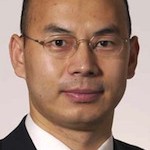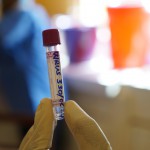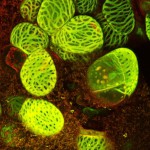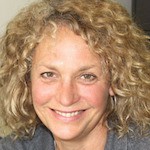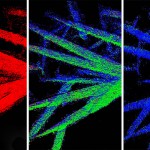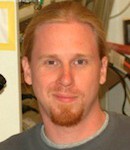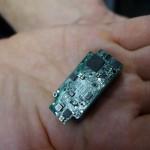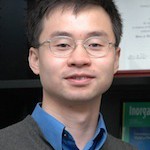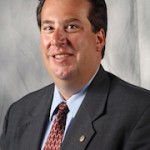Category Science & Technology
Compact UV lasers could identify substances from a distance
For soldiers in the field, the ability to identify an object or substance based on how it responds to light could mean the difference between life and death. They could, for example, determine from a safe distance if an approaching person or vehicle is carrying an explosive device or dangerous biological agent.
In Sierra Leone, a chance to learn from Ebola
When Yoshihiro Kawaoka and members of his research team first arrived in Sierra Leone in December 2014, the consistent wail of ambulance sirens was a frightening reminder that the Ebola virus was there, too.
Messing named director of Waisman Center
Albee Messing, a University of Wisconsin–Madison professor of comparative biosciences and an international leader in research on Alexander disease, has been named director of the Waisman Center, UW–Madison School of Medicine and Public Health Dean Robert Golden announced April 14.
Deep national history of immigration predicts wide cultural comfort displaying emotion
People who live in countries built on centuries of migration from a wide range of other countries are more emotionally expressive than people in more insular cultures, according to research led by University of Wisconsin–Madison psychology Professor Paula Niedenthal.
Better battery imaging paves way for renewable energy future
In a move that could improve the energy storage of everything from portable electronics to electric microgrids, University of Wisconsin–Madison and Brookhaven National Laboratory researchers have developed a novel X-ray imaging technique to visualize and study the electrochemical reactions in lithium-ion rechargeable batteries containing a new type of material, iron fluoride.
Faster, smaller, cheaper: Technique could speed biologic drugs
Antibodies are specific molecules that can lock onto a particular cellular structure to start, stop or otherwise temper a biological process. Because they are so specific, antibodies are at the forefront of drug discovery. So drug companies want a faster route to step one: identifying which of the millions of possible antibodies will work against molecules that cause disease.
New developments in Midwestern canine influenza outbreak
Canine influenza outbreak
Patent office director offers views on intellectual property, diversity
The director of the U.S. Patent and Trademark Office spent Wednesday conversing with the UW–Madison community about the opportunities and challenges of intellectual property protection.
Dervan, Leopold, Linton and Splinter to receive honorary degrees in May
A research chemist, a pioneering second-generation conservationist and two leaders who combine business and technological innovation will be the recipients of honorary degrees at the University of Wisconsin–Madison in May.
New materials repel oil underwater, could better clean up oil spills
University of Wisconsin–Madison researchers have announced a significant step forward in the development of materials that can ward off oil - a discovery that could lead to new protective coatings and better approaches to cleaning up oil spills.
Patent office director visits for discussion about innovation and opportunity
UW-Madison, a world leader in producing patents, will welcome Michelle K. Lee, director of the U.S. Patent and Trademark Office, on Wednesday for a tour of the Wisconsin Institutes for Discovery and discussion of the future of intellectual property and innovation.
Tests show Midwestern canine flu outbreak stems from new strain
Canine flu outbreak
High-power laser spinoff proves versatility is strength
Since lasers were invented in 1960, they have penetrated countless scientific, industrial and recreational fields: from eye surgery to DVD players, from cutting steel to triggering ignition in missile stages.
Solution-grown nanowires make the best lasers
Take a material that is a focus of interest in the quest for advanced solar cells. Discover a "freshman chemistry level" technique for growing that material into high-efficiency, ultra-small lasers. The result, disclosed today [Monday, April 13] in Nature Materials, is a shortcut to lasers that are extremely efficient and able to create many colors of light.
Science meets art: 2015 Cool Science Images unveiled
Whether a close-up of a leafcutter ant, or a micrograph of the neurons derived from marmoset stem cells, or an MRI of the hidden pathways in the human brain, submissions to UW–Madison’s 2015 Cool Science Image Contest continue to put science and nature on eye-catching display.
UW scientists find key link in cold-virus picture
Researchers at University of Wisconsin School of Medicine and Public Health (SMPH) have made a key discovery about a cold-causing virus that is strongly associated with severe asthma attacks.
Two receive awards for research to benefit children
Two University of Wisconsin–Madison researchers have received three-year Hartwell Individual Biomedical Research Awards to support research into fungal disease and therapy for attention deficit hyperactivity disorder (ADHD).

